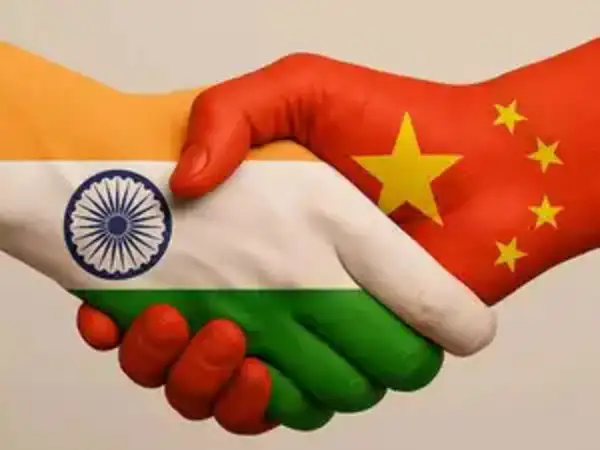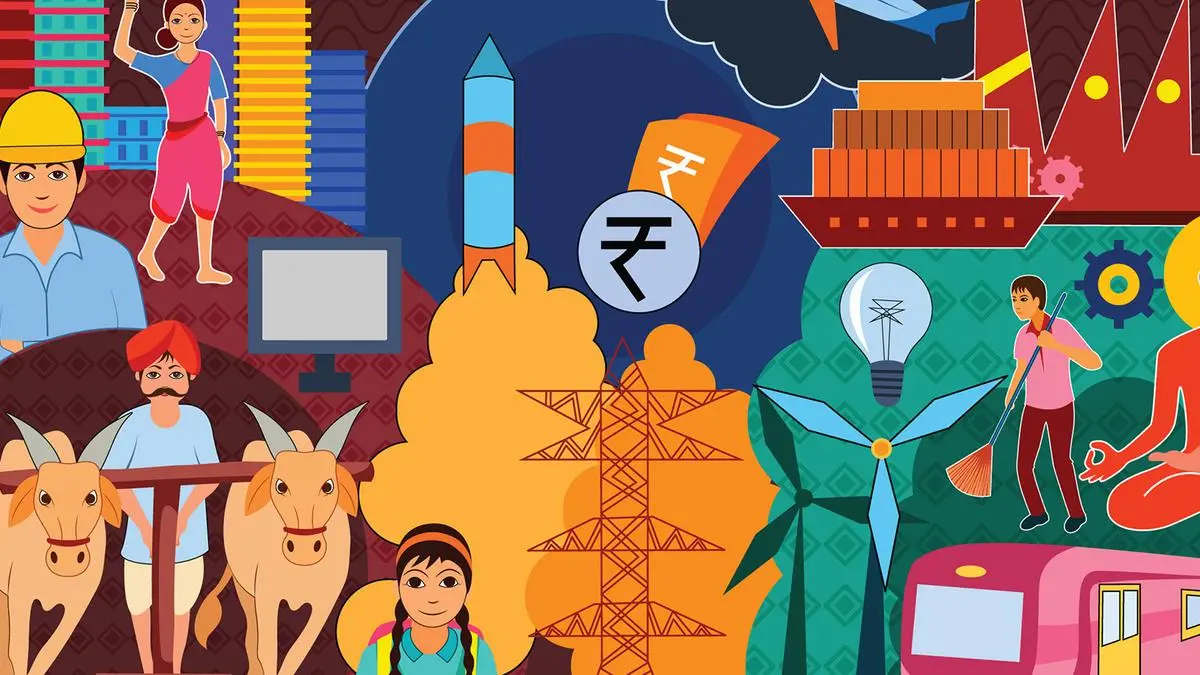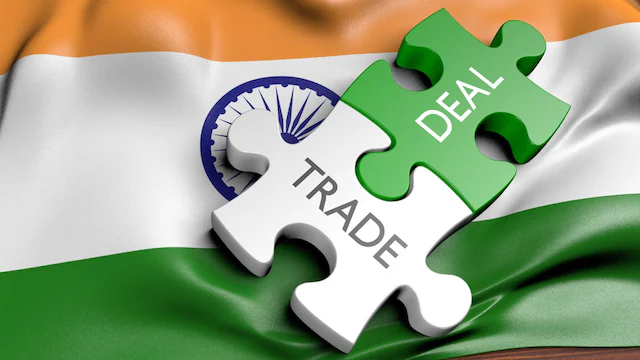Hey, like this? Why not share it with a buddy?

China leads in electricity generation, surpassing the US. It dominates clean energy and electric vehicle production. Chinese EVs are technologically advanced and cost-effective. China is also ahead in AI development and robotics deployment. The nation excels in drone manufacturing for warfare. India should partner with China to advance its energy, mobility and AI goals. A chart that I recently came across shook me to the core. It revealed that China generates 2.5x more electricity than all of US and that it plans to add a Germany every year in terms of electricity generation. Elon Musk noticed it too, posting: “Solar power in China will exceed ALL sources of electricity combined in the USA in 3 to 4 years. Wakeup call!” The chart inspired me to go down the China vs US rabbit hole again. With tech shaping the future, there are four technologies that will decide who wins it—energy, mobility, intelligence and war.
ENERGY: THE MASTER VARIABLE:
China is building energy capacity at a scale that bends curves. Its electricity generation has more than doubled since 2010, reaching 10,000 terawatt-hour (TWh). Meanwhile, US has been flat at 4,000 TWh for over a decade. The thing is, China is not just winning the electricity race; it is doing it with clean power. In just H1 2025 China added 212 GW of solar, which is more than what US has installed cumulatively. China added 14.4 GW of hydropower in 2024 (more than many countries’ total) and has scaled pumped-storage hydro to 58.7 GW—with 200+ GW in the works. It is also the world’s most active in nuclear power, with 30 reactors under construction. In batteries, China has retaken the No. 1 spot in Bloomberg NEF’s global supply-chain ranking, helped by low commercial power prices and overwhelming manufacturing depth. Its share in every stage of solar manufacturing, from wafers to polysilicon to modules, exceeds 80%. Energy is the raw material that will run all other core technologies. China is off to the races with this most fundamental building block of the future at prices no one can match.
MOBILITY: MOVING THE WORLD:
In electric vehicles (EVs), China has moved to hegemony. In 2024, it accounted for nearly two-thirds of all global electric car sales and EVs are now half of monthly domestic sales, with six of the world’s 10 best-selling EV brands now Chinese. Chinese cars are now taking over emerging markets. It has more than 100 companies making EVs, with the leader BYD even building its own fleet of roll-on/roll-off ships to move its cars. Ford Motor CEO, Jim Farley was reportedly shocked by the technological sophistication and low cost of Chinese EVs, calling them “far superior” and an “existential threat” to the Western auto industry.
INTELLIGENCE: HUNGRY FOR MORE:
US still sets the pace on cutting-edge frontier models. But as AI moves from innovation to scale, what will tilt the balance will be decided by energy to compute, continued availability of data, regulatory throughput and application pull, not just model benchmarks. The biggest bottleneck for US today is energy. What is a scramble for US, is a solved problem for China. Independent analyses project Chinese data centers could consume 400-600 TWh by 2030, increasingly powered by clean capacity.
US is aiming for 425 TWh data center capacity, but does not know from where it will get the energy. Beyond that, China leads in AI papers and patents, including generative AI filings. Regulators have already approved hundreds of generative-AI services for public release, an indicator of emphasis on applications and distribution. Going further, China comprehensively leads the next big phase of AI—robotics. By 2023, China already had an installed base of 51% of the world total, with its factories installing about 2,80,000 industrial robots every year or half the global total. This is not just a gadget race; it is process innovation at national scale. The payoff compounds across export competitiveness, wage dynamics and defense industrial capacity. AI will soon become an energy business with a software interface. The reality is that while US celebrates having better AI models, China has solved who can actually run them.
WARFARE: FROM JETS TO SWARMS:
Whether we like it or not, wars shape humanity. However, in the last few years, the shape of war itself has morphed. Wars and skirmishes are now fought by autonomous, networked systems like cheap drones and loitering munitions, rather than with vulnerable battle tanks and expensive aircraft. China holds the high ground in civilian drone manufacturing with DJI accounting for 70% global share. In the early days of the conflict in Ukraine, soldiers beat back Russian advance by adding deadly modifications to the Mavic, a drone sold to hobbyists by DJI. Versions of the Mavic cost between $300 and $5,000. As Bobby Sakaki, a drone industry consultant, says, “DJI can make millions of drones per year. That is a hundred times more than anybody in the United States can make.” US makes the most sophisticated war drones, but with costs of $6 million and $13 million, they are more akin to manned aircraft. China holds the high ground in civilian drone manufacturing with DJI accounting for 70% global share. The war doctrines are moving to swarms of cheap expendable drones, “loyal wingmen” and kamikaze drones in volumes, something China excels in. Meanwhile, US F-35 program’s lifetime sustainment cost has climbed to $1.58 trillion, sucking out oxygen for future machinery.
INDIA’S PLAY:
Adding to all of this is the Trump Administration’s war on research. EVs are being disincentivized in favor of gasoline, green energy initiatives axed in favor of coal, climate rules repealed, research grants frozen, great universities like Harvard and Columbia squeezed for budgets. Strong allies like India, Brazil and Europe are being marginalized. Policy uncertainty is doing real damage to America. The tariff wars are paralyzing trade with some countries and immigration actions are starving it of the one thing that made US great—talent. India’s growth playbook has three dependencies: energy at scale, export markets beyond its large domestic market and access to frontier technology. Interestingly, China dominates in all three. First, energy. India should continue our own solar-and-storage sprint, but supply chains run through China for the foreseeable future. Partnering to localize upstream inputs (wafers, cells, components) with Chinese capex would shorten time-to-scale. The alternative of importing at arm’s length while paying tariff premia to the West is slower and increasingly untenable. In mobility and manufacturing, Chinese EV and battery majors are already building abroad to navigate protectionism. India can either compete to host that capacity, with strong localization and IP guardrails or watch it land in ASEAN, West Asia and Latin America. The quickest route is JVs that bind domestic champions with Chinese process know-how. AI applications will be won where compute is cheap, data is plentiful and regulators enable rapid deployment. China’s approach to open-source AI and application focus powered by clean energy is the logical way. India’s grand strategy has long featured “multi-alignment”. That remains wise. But the math now argues for a sharper tilt: align with China where it advances India’s goals and compartmentalize the rest. That does not mean becoming a vassal of China. It means building issue-based coalitions that serve national capabilities. India should meet the future where it is being built.
Source : https://economictimes.indiatimes.com/news/economy/policy/why-india-should-align-with-%20China/articleshow/123877759.cms?utm_source=contentofinterest&utm_medium=text&utm_campaign=cppst
Related Posts
SEARCH SME E-News
RECENT POST
Categories
- Achievements
- Banking & Finance
- Branding & Marketing
- Business Ethics & Culture
- Business talk
- Business Tycoons
- Capital Market
- Corporate Story
- Davos
- Economy
- Emerging Market
- Entrepreneurial Leadership Dialogue
- events
- Exports
- Grievances
- Growth
- Impact on Business
- Import
- India Growth Story
- Industry
- Innovation and Invention
- Innovative Ideas
- International Affairs
- International Trade
- jobs career
- Manufacturing
- Meeting
- MSME
- Others
- Packaging
- Pharma
- Policies & Schemes
- Regulatory Change
- Schemes
- Skill Development
- SME Talks
- Start-up
- Swot Analysis
- Tax
- Technology & Research
- Textiles
- Travel
- Uncategorized
- Viksit Bharat 2047- Strategies, Contribution, Initiatives and Efforts
- Women Entrepreneurs
- World Economic Forum










